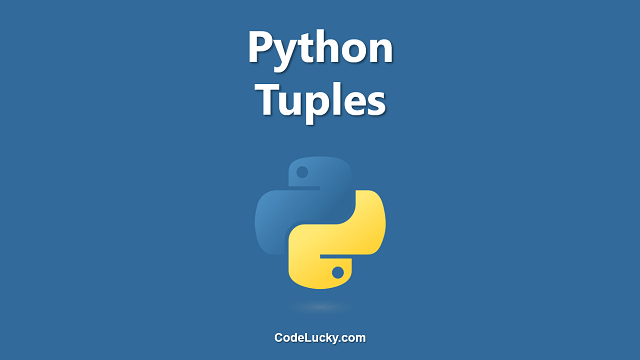The dict() function in Python is a built-in function that is used to create a new dictionary. It can be called with no arguments to create an empty dictionary, or it can be called with arguments that define the elements of the dictionary.
Syntax
dict(iterable, **kwarg)
Parameters
iterable– A list, tuple, set, or other iterable object that is used to initialize the elements of the dictionary. This argument is optional.kwarg– Keyword arguments that define the elements of the dictionary. These arguments are in the form of key-value pairs.
Return Value
The dict() function returns a new dictionary that contains the elements specified in the arguments. The elements can be specified as a list, tuple, set, or other iterable object, or as keyword arguments in the form of key-value pairs.
Examples
Example 1: Creating a Dictionary from a List of Tuples
my_list = [("one", 1), ("two", 2), ("three", 3)]
my_dict = dict(my_list)
print(my_dict)
Output:
{'one': 1, 'two': 2, 'three': 3}
In this example, a list of tuples is used to create a new dictionary. The elements in the list are key-value pairs that define the elements of the dictionary.
Example 2: Creating a Dictionary from Keyword Arguments
my_dict = dict(one=1, two=2, three=3) print(my_dict)
Output:
{'one': 1, 'two': 2, 'three': 3}
In this example, keyword arguments are used to create a new dictionary. The keyword arguments are in the form of key-value pairs, and they define the elements of the dictionary.
Example 3: Creating a Dictionary from a Mix of List of Tuples and Keyword Arguments
my_list = [("one", 1), ("two", 2)]
my_dict = dict(my_list, three=3)
print(my_dict)
Output:
{'one': 1, 'two': 2, 'three': 3}
In this example, a combination of a list of tuples and keyword arguments are used to create a new dictionary. The list of tuples defines the first two elements of the dictionary, and the keyword arguments define the third element.
Use Cases
The dict() function is useful in several scenarios:
- Creating dictionaries: The
dict()function can be used to create new dictionaries from a variety of data structures, such as lists, tuples, sets, or other iterable objects, as well as from keyword arguments. This allows for flexible creation of dictionaries to fit different needs. - Converting data structures: The
dict()function can be used to convert other data structures, such as lists or tuples, into dictionaries. This is useful when you need to modify or access the elements of the data structure using keys rather than indices. - Defining configurations: The
dict()function can be used to define configuration settings in a program. The configuration settings can be stored as key-value pairs in a dictionary and retrieved as needed, making it easy to update or change the configuration without affecting other parts of the program.
In conclusion, the dict() function is a useful and versatile tool for creating dictionaries in Python and for converting other data structures into dictionaries when necessary.







